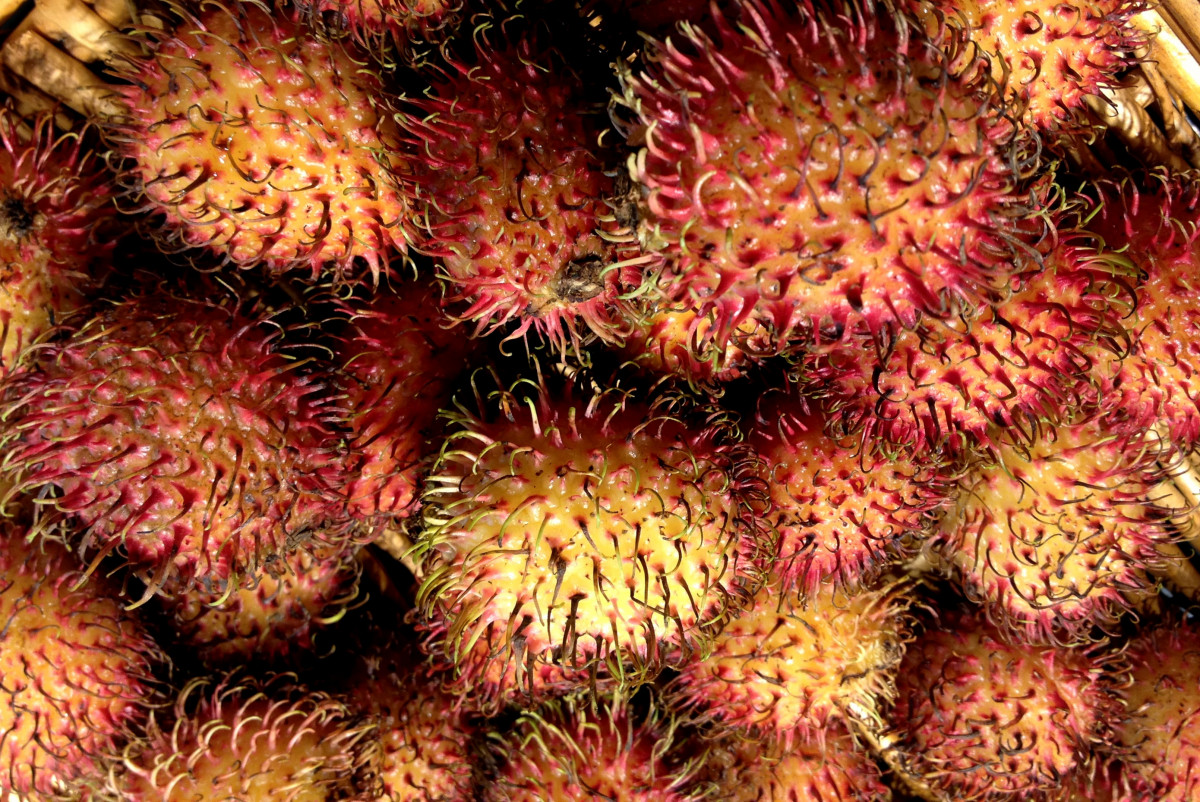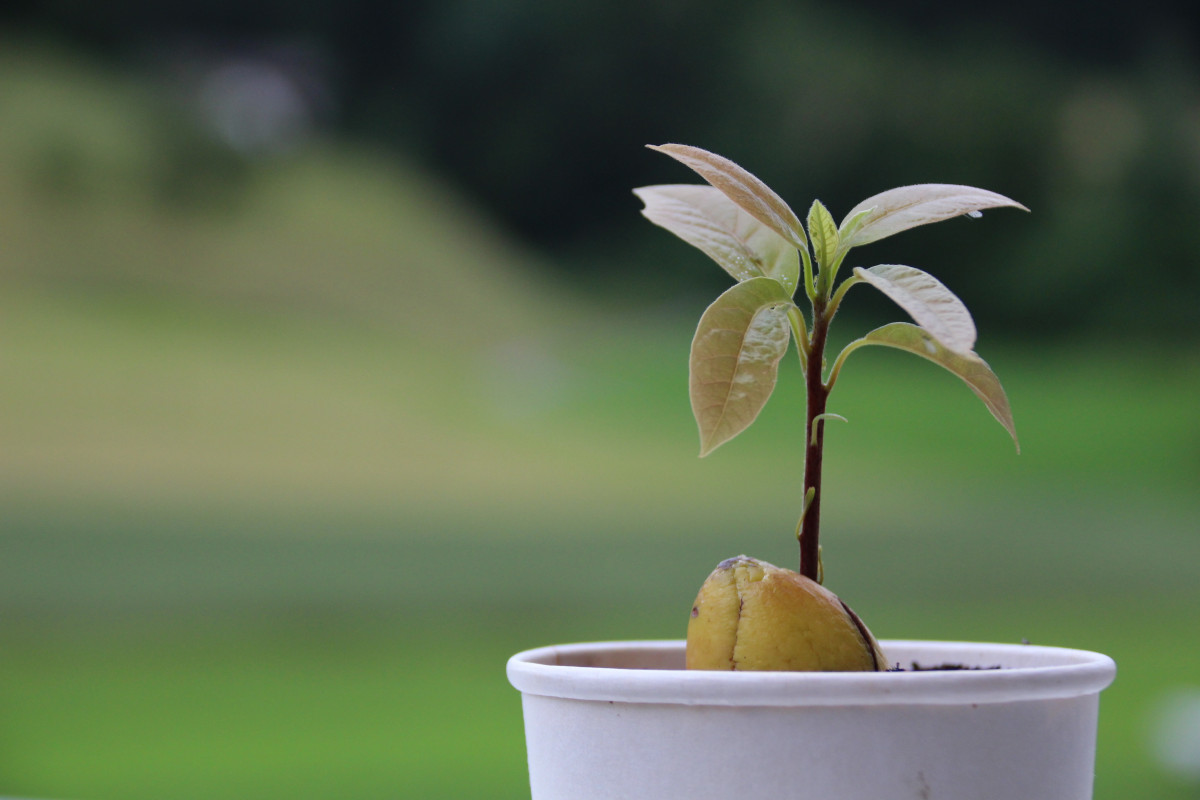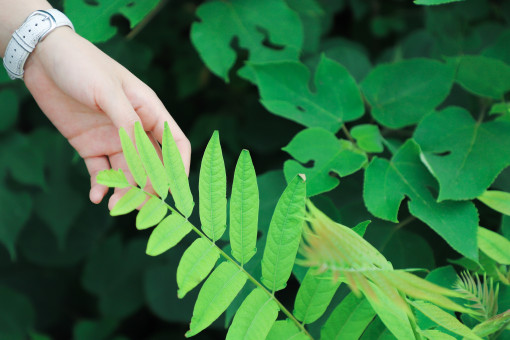
The Perfect Growing Zone for Rambutan Trees
If you’re a fan of exotic fruit trees, you’ve probably heard of rambutan. Known for its deliciously juicy flesh and distinctive hairy exterior, rambutan is a tropical fruit that is sure to delight your taste buds. But before you start daydreaming about enjoying a fresh rambutan straight from your own garden, you need to make sure you’re living in the right growing zone.
Understanding Rambutan’s Growing Zone
Rambutan trees thrive in tropical and subtropical climates, with conditions that closely resemble their native habitat in Southeast Asia. Specifically, rambutan trees prefer USDA hardiness zones 10 and 11, which usually have warm temperatures year-round.
It’s important to note that rambutan trees are sensitive to cold weather, and frost can severely damage or even kill them. Therefore, it’s crucial to ensure that your garden is located in a suitable growing zone before you begin the journey of cultivating rambutan trees.
Checking Your Hardiness Zone
Determining your garden’s hardiness zone is fairly simple. The United States Department of Agriculture (USDA) has created a map that divides the country into various zones based on average annual minimum temperatures. By locating your garden on this map, you can easily identify your specific hardiness zone.
To find out if your region falls within the suitable growing zones for rambutan trees, look for areas labeled as USDA hardiness zones 10 and 11. These zones are generally found in the southernmost parts of the United States, including Florida, southern Texas, and parts of California.
Creating the Ideal Environment for Rambutan Trees
Once you’ve determined that your garden falls within the correct growing zone, it’s time to prepare the ideal environment for your rambutan trees. Here are some tips to help you get started:
-
Sunlight: Rambutan trees require full sunlight to thrive. Ensure that your garden provides at least six hours of direct sunlight per day.
-
Soil: Rambutan trees prefer well-draining, loamy soil. Before planting, amend your soil if necessary to ensure proper drainage.
-
Watering: Rambutan trees need regular watering to maintain proper hydration. However, be cautious not to overwater, as this can lead to root rot.
-
Fertilization: Regular fertilization with a balanced, slow-release fertilizer will provide the necessary nutrients for healthy rambutan tree growth.
-
Protection: Since rambutan trees are sensitive to cold weather, consider protecting them during colder months with frost blankets or other protective measures.
By following these guidelines and ensuring your garden is located within USDA hardiness zones 10 or 11, you’ll be well on your way to growing your very own rambutan trees and enjoying their delectable fruits.
Conclusion
Rambutan trees thrive in tropical and subtropical climates, with USDA hardiness zones 10 and 11 being the perfect growing zones. If you’re lucky enough to live in these regions, creating the ideal environment for your rambutan trees is crucial for their success. With the right care and attention, you’ll soon be savoring the sweet rewards of your very own rambutan harvest.
Keep Reading

Pruning Avocado Plants: A Gardener's Guide
As a gardener, you know that proper pruning techniques can significantly enhance the health and productivity of your plants. When it comes to avocado trees, understanding how and when to prune is essential for their growth and overall well-being.

The Ideal Growing Zone for Moringa Trees
Moringa trees are gaining popularity among gardeners and tree enthusiasts due to their numerous health benefits and versatility. If you're considering growing moringa trees in your garden, it's essential to understand the ideal growing zone.